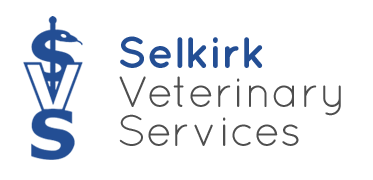Library
-
Diabetes mellitus is a disease in which the body can no longer appropriately manage glucose for its energy requirements. Overweight and obese dogs are at greater risk of developing DM, so obesity prevention should be started early in puppyhood, with portion-controlled meal feeding. Once a dog has been diagnosed with DM, an owner must work closely with their veterinarian to choose insulin therapy and an appropriate diet to achieve stable blood glucose (good glycemic control).
-
Nutritional management can be an effective strategy in the treatment of liver disease when used in combination with appropriate medical therapy. The goals of nutritional management of liver disease focus on controlling the clinical signs as opposed to targeting the underlying cause. Your veterinarian will work with you to help you make the best decisions on behalf of your dog with liver disease.
-
Over 60% of cats in North America are either overweight or obese, so paying attention to the balance between activity and calorie intake is important. Nutrient formulation and portion control are the two most important aspects of weight control. Once you have chosen a formula and have calculated a reasonable daily portion based on calorie density, the best way to stay on track and prevent unwanted weight gain is to combine portion control with regular, formal weigh-ins.
-
Over 60% of dogs in North America are either overweight or obese, so paying attention to the balance between activity and calorie intake is important. Nutrient formulation and portion control are the two most important aspects of weight control. Once you have chosen a formula and have calculated a reasonable daily portion based on calorie density, the best way to stay on track and prevent unwanted weight gain is to combine portion control with regular, formal weigh-ins.
-
Working and service dogs come in many forms; as such, their nutritional needs vary widely. All diets should be complete, balanced, and life-stage appropriate, with consideration towards energy density and maintenance of ideal body condition. This article reviews these nutritional considerations and provides clinically relevant tools for the dog handler and the veterinary care team.
-
Feeding your cat the appropriate amount of a well balanced diet is vital to the maintenance of overall health and well-being, just as eating a well balanced diet is for us. In order to understand how and what to feed cats, it is necessary to understand how the nutritional requirements of the cat have developed through the process of biological evolution.
-
The first inclination of some people when feeding a home-prepared diet to their pet is to simply feed the animal leftovers of what they are eating. It should be realized, however, that the nutritional needs of dogs, cats and humans differ.
-
Raw food diets are available commercially, or can be prepared at home. They contain whole animal and plant tissues that are left in their raw state, and have not undergone processing to denature (break down) their proteins, starches and fats.
-
Veterinarians recognize the relationship between nutrition and the health of the skin and haircoat. It is important to prevent malnutrition, both by preventing deficiencies AND excesses of nutrients. Your veterinarian is the very best source of information and guidance for choosing the most appropriate nutrient profile for your cat.
-
This handout summarizes the strong link between good nutrition and healthy skin and fur. Issues dealing with skin are a very common reason for visits to the vet, and the role of diet and supplementation in treating these conditions are highlighted.

